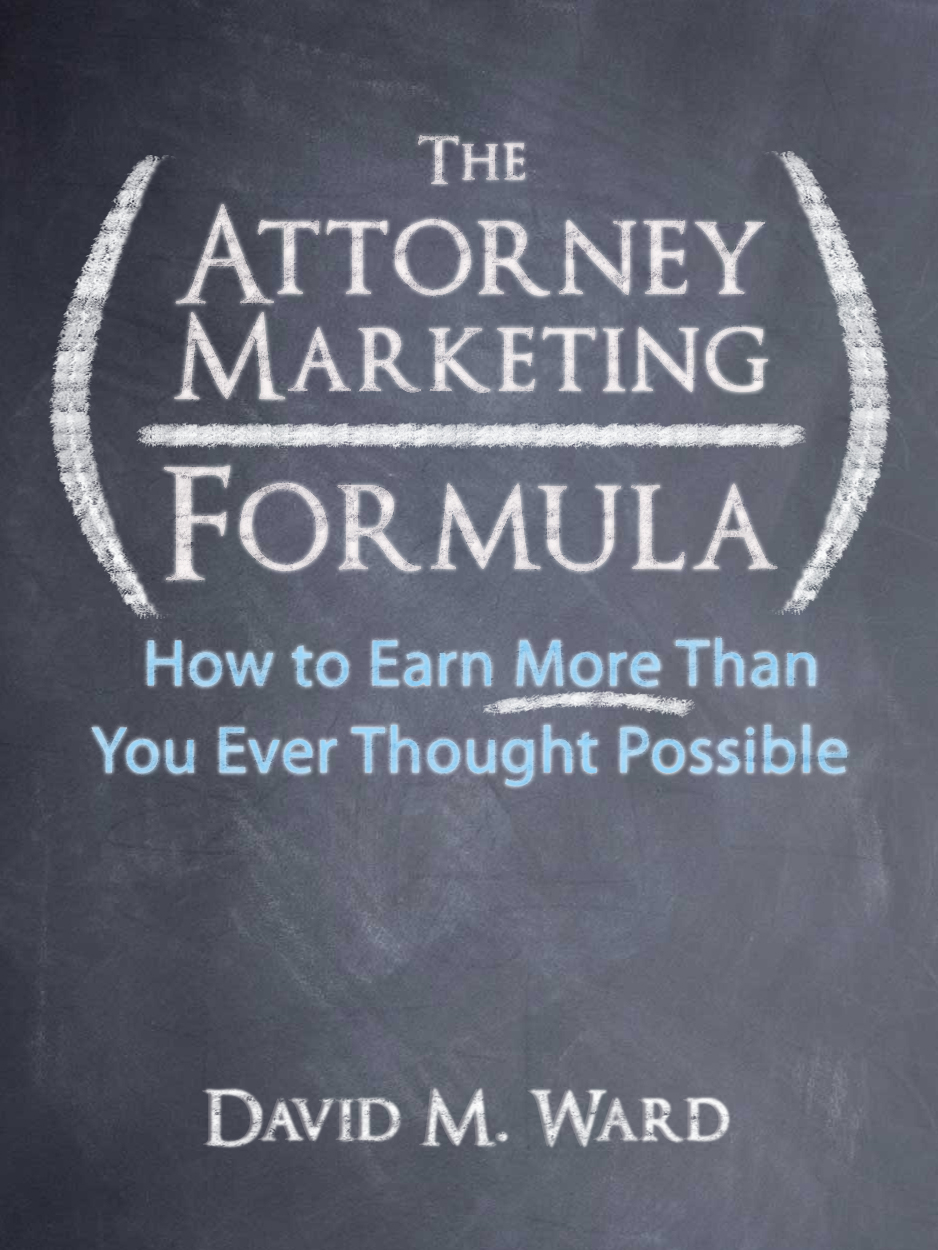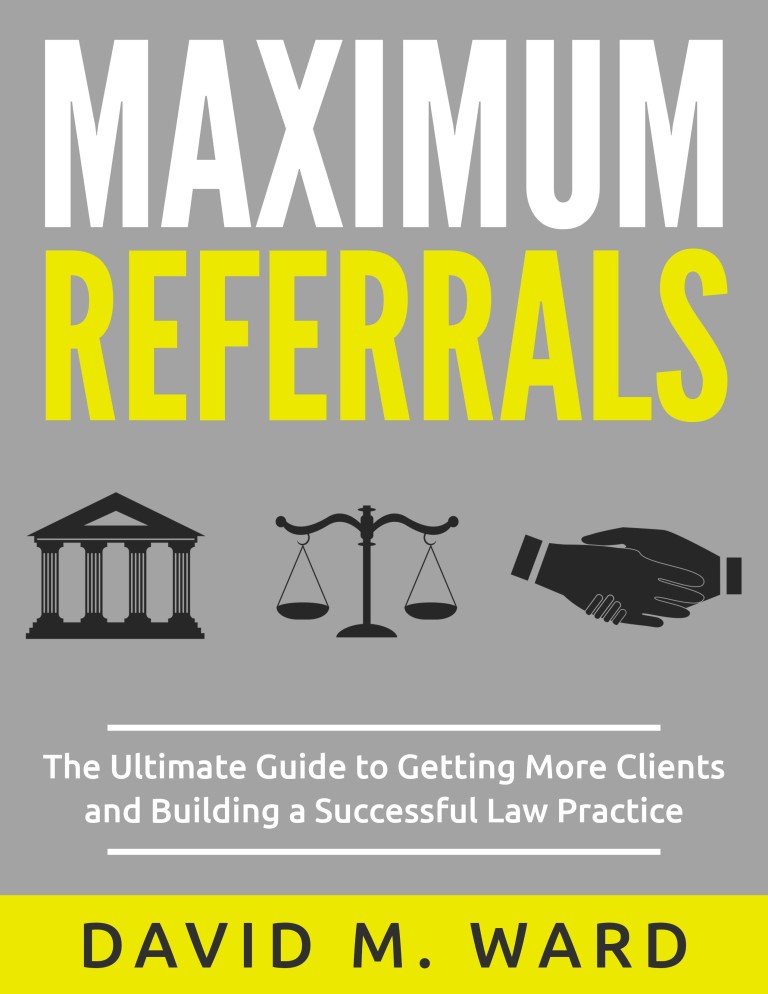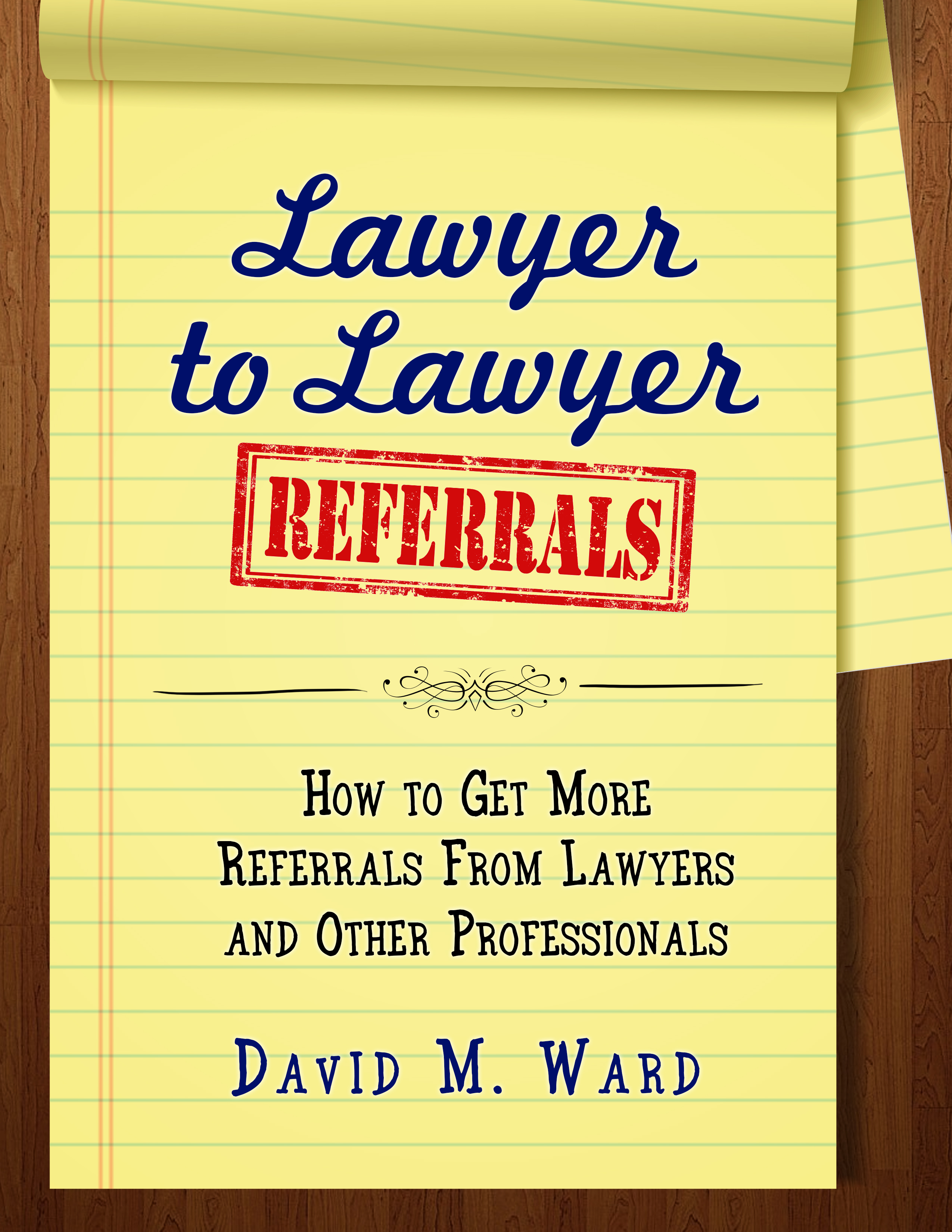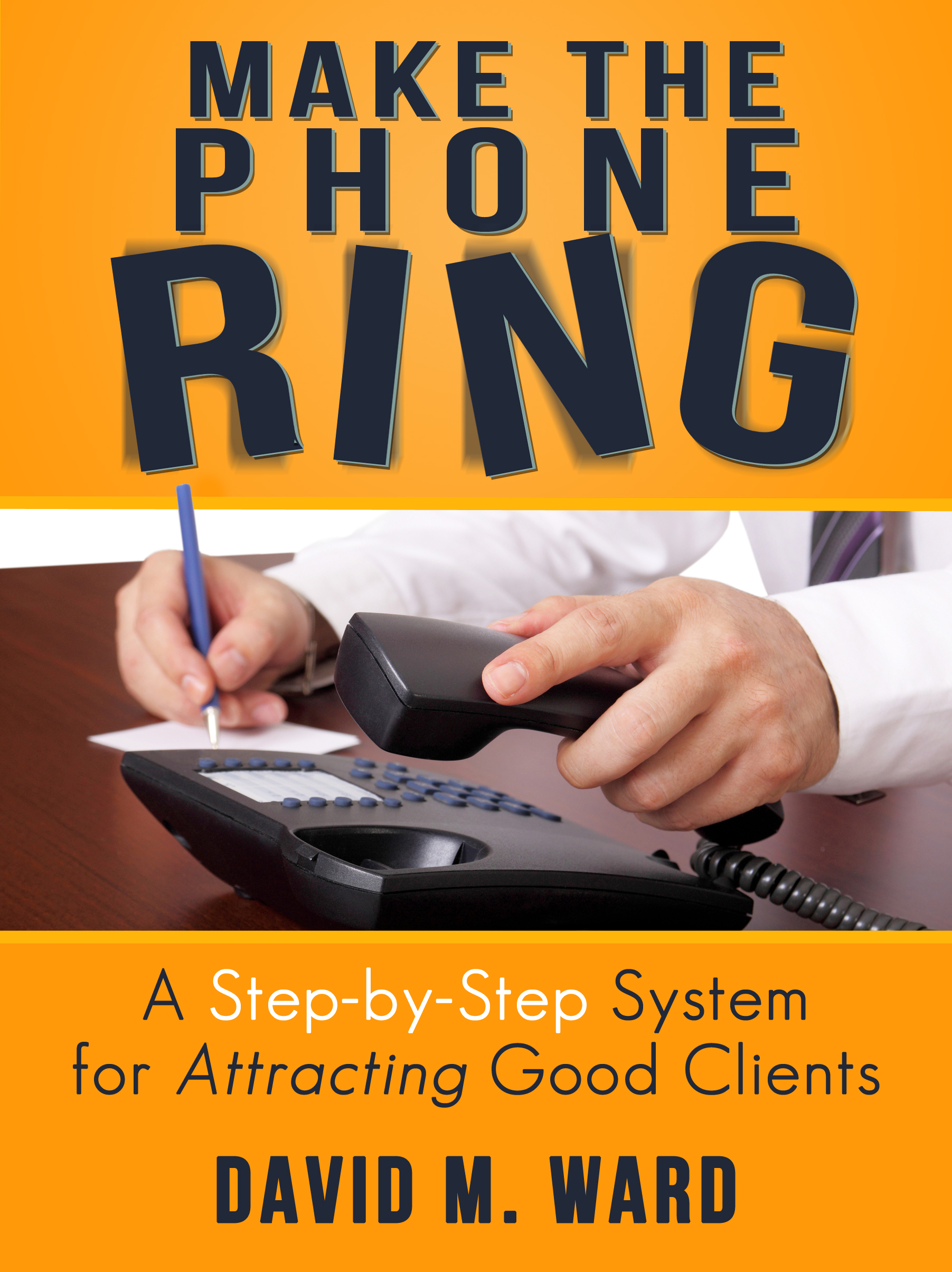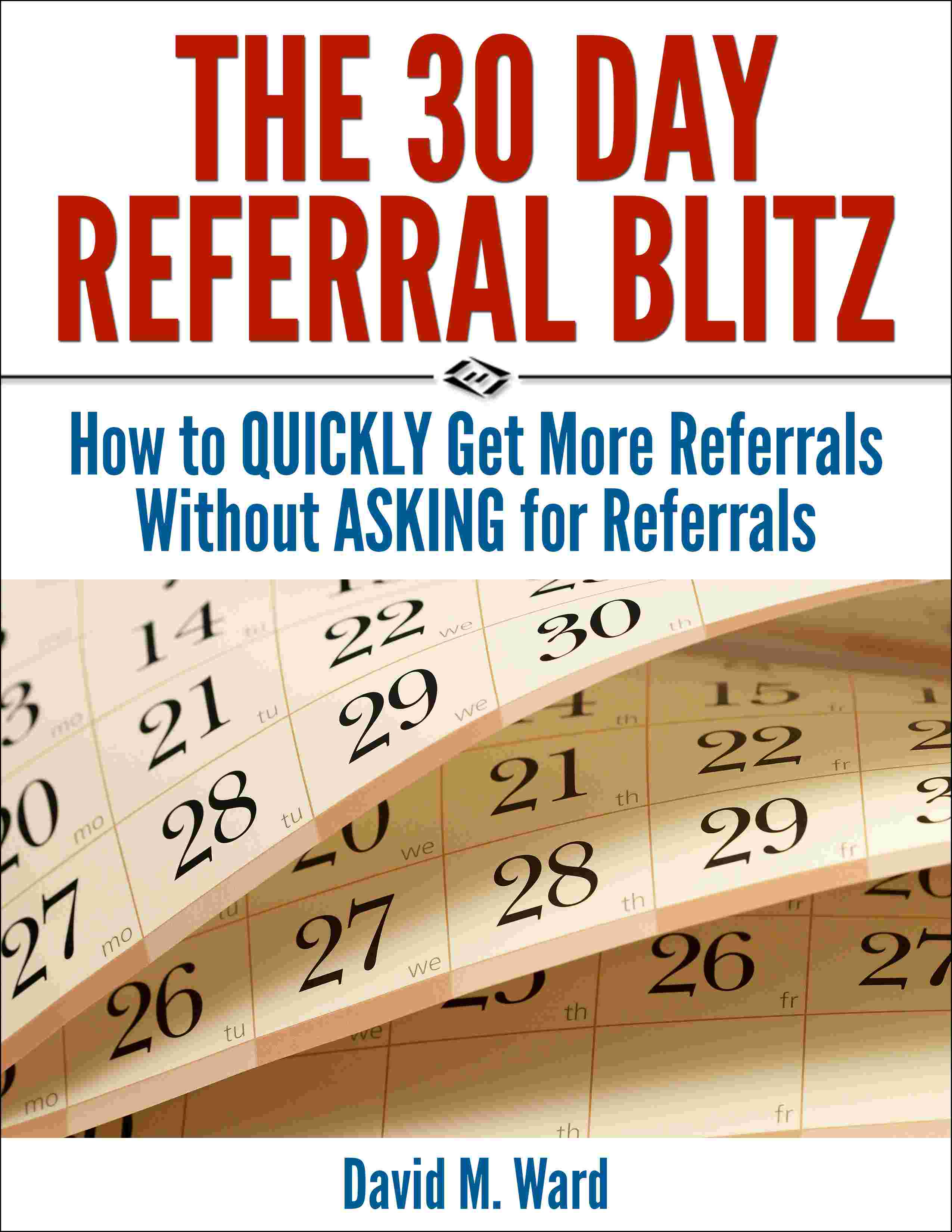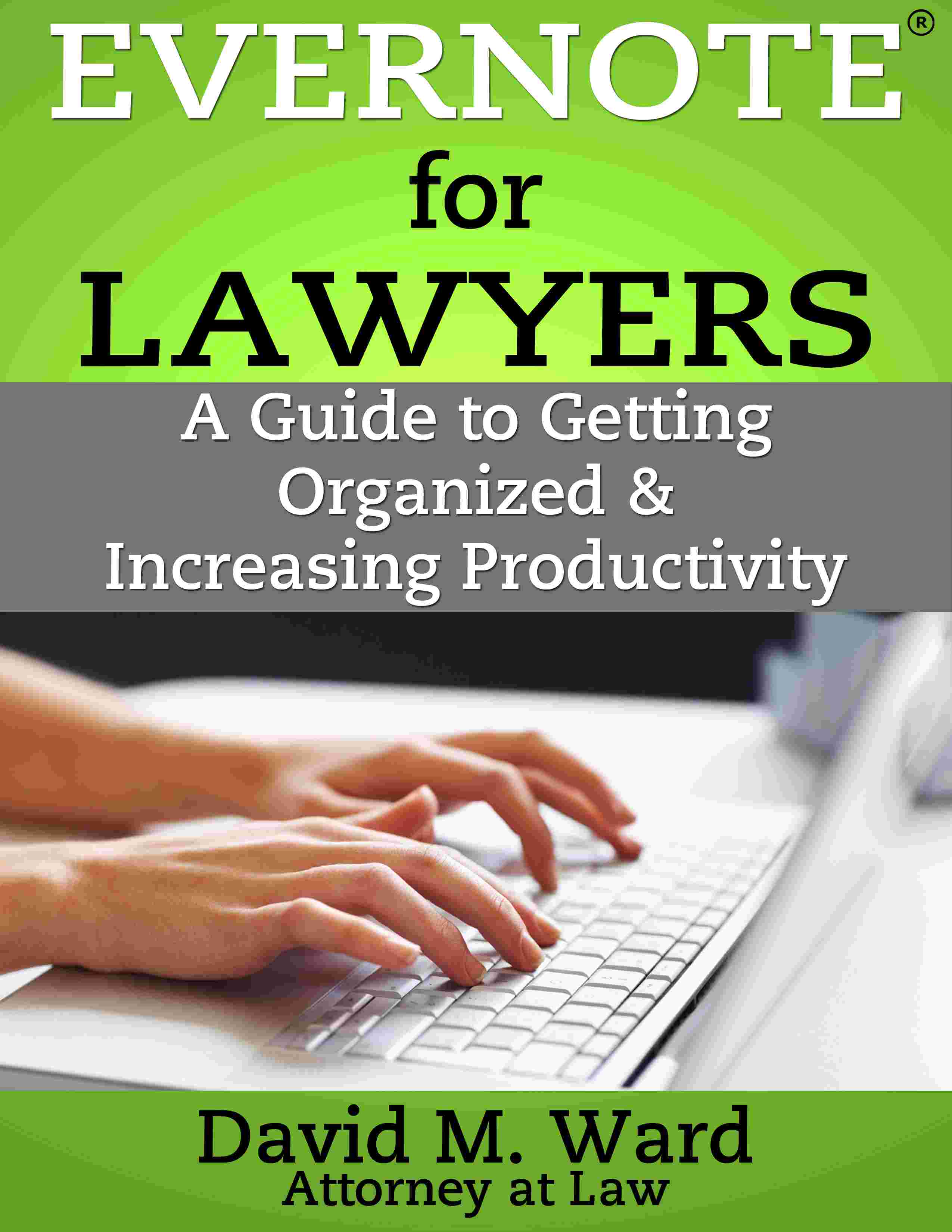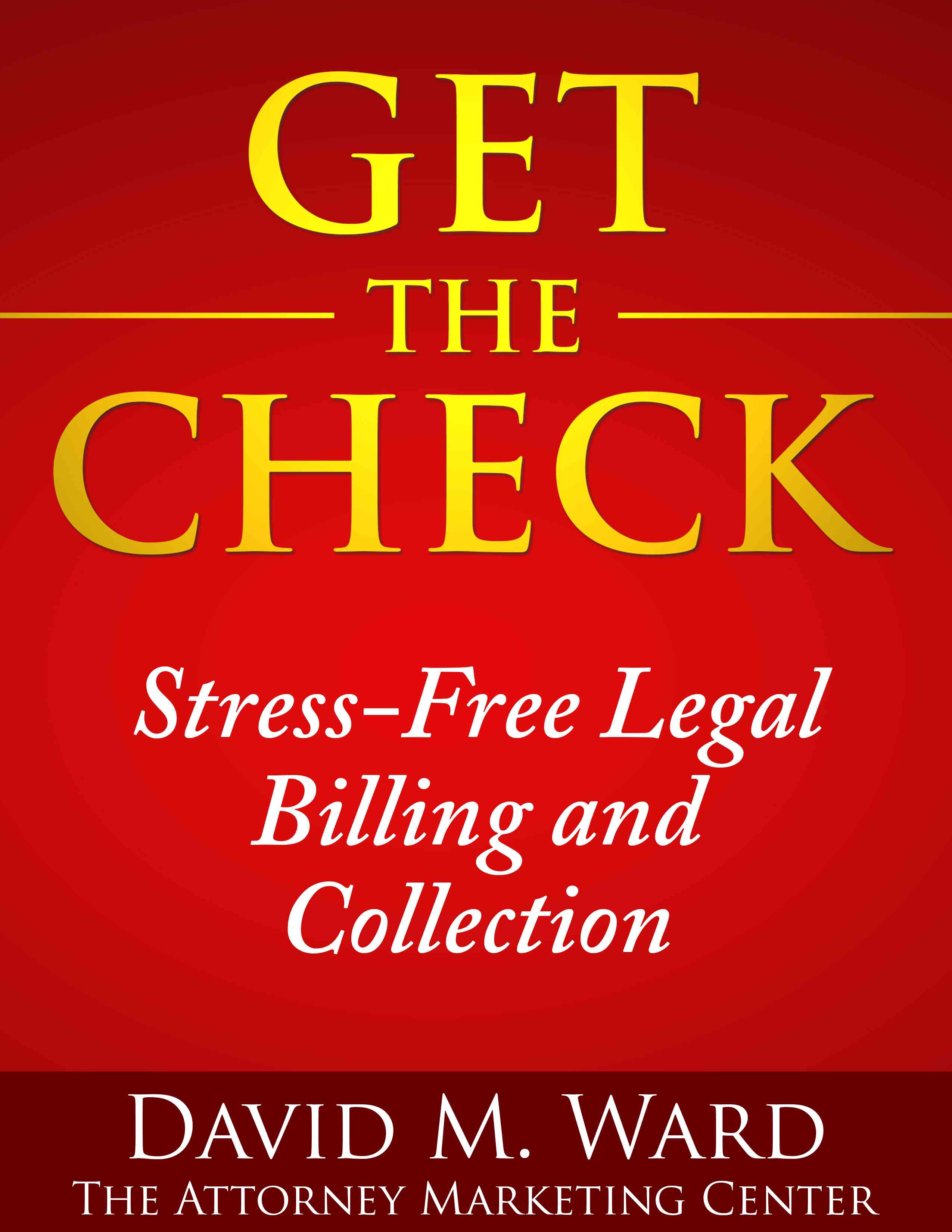There are a lot of things I do that could be considered marketing. But there are a ho lot more things I don’t do.
Many of these have to do with social media which, as you know, I tolerate but don’t rely on for marketing my business. There are many reasons, one of which is that I simply don’t like it.
It ain’t my thang.
My site has “share” buttons that allow visitors to share my content on their social media platforms, and they do that. They also follow or connect with me on Facebook, Twitter, and LinkedIn, and get my posts in their feeds.
And. . . that’s about it.
You won’t see me on Instagram or Snapchat or 100 other places people like to hang out, learn things, and share pictures of their latest meal.
Am I missing opportunities to promote my content or meet new folks? Sure. Do I regret that? No.
I don’t worry about what I’m not doing. I’m too busy doing what I do.
Things I like. Things I’m good at. Things that work better for me.
I can’t do everything, nor do I want to. I look at a lot of things, reject most, choose a few, and settle in. I’ll look at things again at some point, to see if they have changed or if my needs have changed, and occasionally add something to the mix.
Mostly, however, I stick with a few basics. In my opinion, that’s what you should do, too.
This isn’t just about social media. It applies to any form of marketing.
Find a few things that work for you and do them well. They will take you further than all of the things you don’t do and might only do half-assedly if you forced yourself to do them.
Don’t worry about what you’re not doing. Unless you’re not doing anything.
Plan your marketing by using this formula

